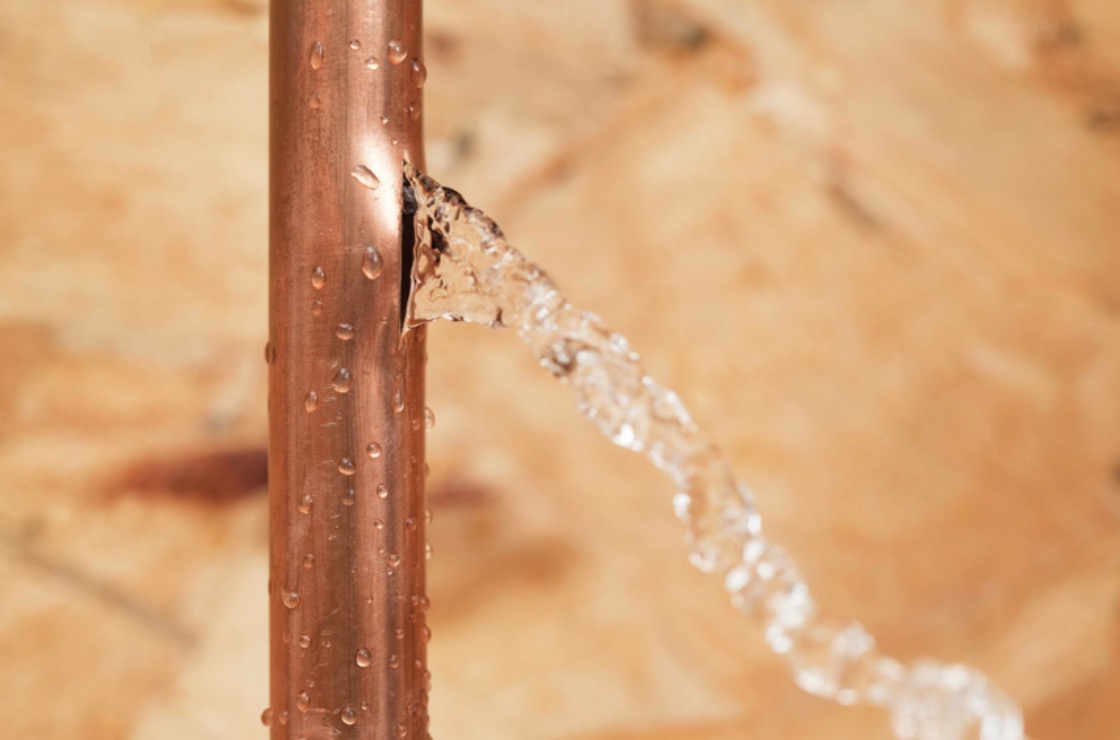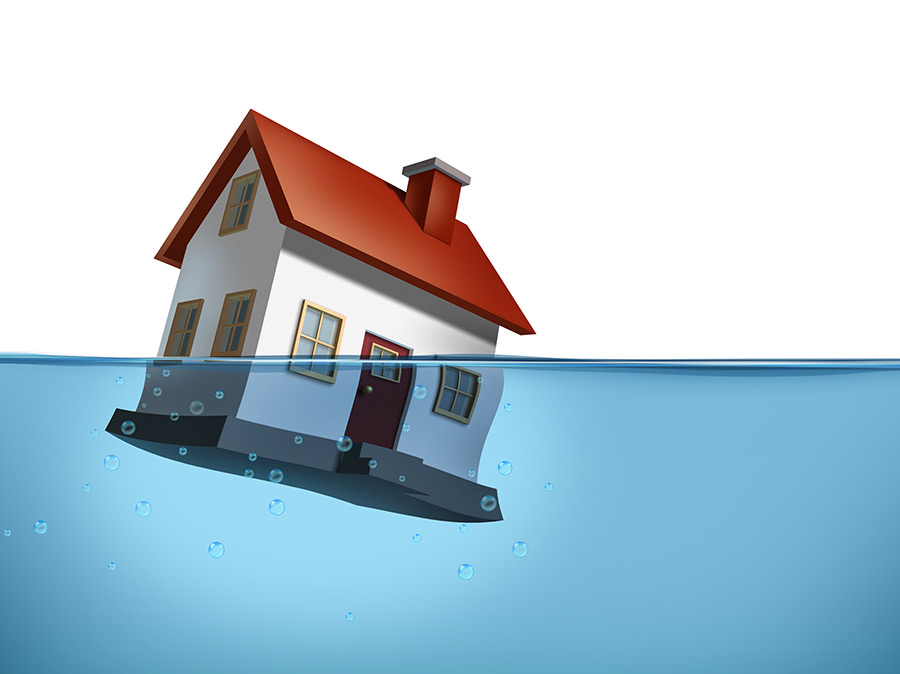This post in the next paragraphs involving How to detect water leaks in your home is extremely attention-grabbing. Give it a go and draw your own personal final thoughts.

Leakages not just create waste of water yet can additionally trigger unneeded damages to your residence and advertise undesirable natural development. However, water leakages may go undetected since most of the pipework in our home is hidden. By recognizing and looking for day-to-day scenarios that create leaks, you can secure your house from future leaks and unnecessary damage. Today, we will certainly take a look at six leak triggers that may be creating your pipelines to drip.
Elbowing in roots
A lot of water leakages start outside the home rather than inside it. You may notice wet spots or sinkholes in your lawn, and also that may suggest that tree roots are attacking water lines causing water to leak out.
Corroded water systems
As time goes by, your plumbing system ages and deterioration such as rust may begin eating away the pipes. This may be the cause of discoloration or warping on your pipes. This calls for an examination with your plumber instantly. Consider replacing the pipelines given that they are at a greater danger of deterioration than the newer versions if our plumbing system is old.
Defective Pipeline Joints
The point at which your pipes connect is regularly the weakest link in the waterline. Pipe joints can deteriorate over time, leading to water leaks. Unfortunately, the majority of pipe joints are not quickly visible. If you have loud pipes that make ticking or banging noises, particularly when the hot water is turned on, your pipe joints are probably under a great deal of stress. It is advisable to have your plumber inspect your system yearly.
Instant temperature changes.
Extreme temperature level modifications in our pipes can cause them to increase and also get suddenly. This growth as well as contraction might create splits in the pipelines, particularly if the temperature are below freezing. It would be best if you kept an eye on just how your plumbing functions. The visibility of the formerly discussed circumstances regularly suggests a high risk.
Poor Water Connectors
At times, a leakage can be caused by loose tubes as well as pipelines that provide your appliances. Typically, shifting is what triggers the loosened water Connections. You may find when it comes to a washing maker, a hose pipe might spring a leak as a result of trembling during the spin cycle. In case of a water links leak, you might notice water running straight from the supply line or puddles around your home appliances.
Clogged Drains
Obstructed drains pipes could be frustrating and also inconveniencing, but they can occasionally end up triggering an overflow leading to rupture pipes. Keep removing any kind of materials that may decrease your drains that could clog them to stay clear of such hassles.
All the above are reasons for leakages however not all water leakages arise from plumbing leakages; some leakages might originate from roofing system leakages. All leakages should be fixed right away to stay clear of water damage.
Leaks not only create waste of water yet can also trigger unneeded damage to your house as well as advertise unwanted natural development. By looking as well as comprehending for daily scenarios that trigger leakages, you can safeguard your house from future leakages and also unneeded damages. Today, we will certainly look at six leak triggers that may be triggering your pipelines to trickle.
At times, a leakage can be created by loose hoses and pipes that supply your home appliances. In situation of a water links leakage, you might see water running straight from the supply line or pools around your devices.
How To Check For Water Leak In Your Home
How To Check for Leaks
The average household's leaks can account for nearly 10,000 gallons of water wasted every year and ten percent of homes have leaks that waste 90 gallons or more per day. Common types of leaks found in the home are worn toilet flappers, dripping faucets, and other leaking valves. These types of leaks are often easy to fix, requiring only a few tools and hardware that can pay for themselves in water savings. Fixing easily corrected household water leaks can save homeowners about 10 percent on their water bills.
To check for leaks in your home, you first need to determine whether you're wasting water and then identify the source of the leak. Here are some tips for finding leaks:
Take a look at your water usage during a colder month, such as January or February. If a family of four exceeds 12,000 gallons per month, there are serious leaks.
Check your water meter before and after a two-hour period when no water is being used. If the meter changes at all, you probably have a leak.
Identify toilet leaks by placing a drop of food coloring in the toilet tank. If any color shows up in the bowl after 10 minutes, you have a leak. (Be sure to flush immediately after the experiment to avoid staining the tank.)
Examine faucet gaskets and pipe fittings for any water on the outside of the pipe to check for surface leaks.
Undetected water leaks can happen without the home or business owner even realizing. If you suspect a water leak, but not able to find the source. It is time to contact a professional water leak detection service, The Leak Doctor.
How To Find a Water Leak In Your Home
https://www.leakdoctor.com/blog/How-To-Check-For-Water-Leak-In-Your-Home_AE197.html

I came across that page about How to Find Water Leaks while doing research the web. Are you aware of anybody else who is serious about How to detect water leaks in your home? Take a moment to promote it. I take joy in reading our article about How to Find Water Leaks.
Plumbing woes? We help.